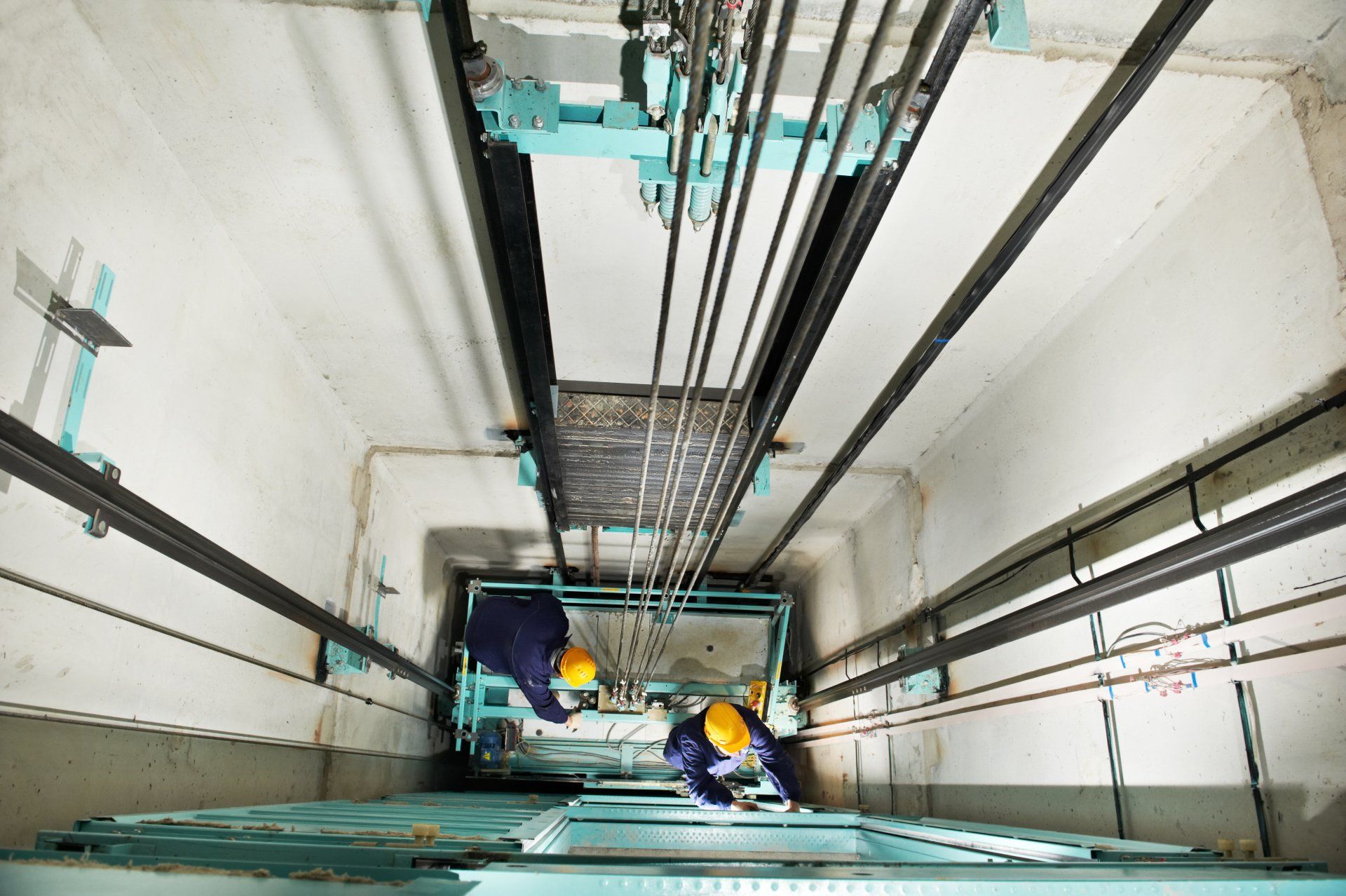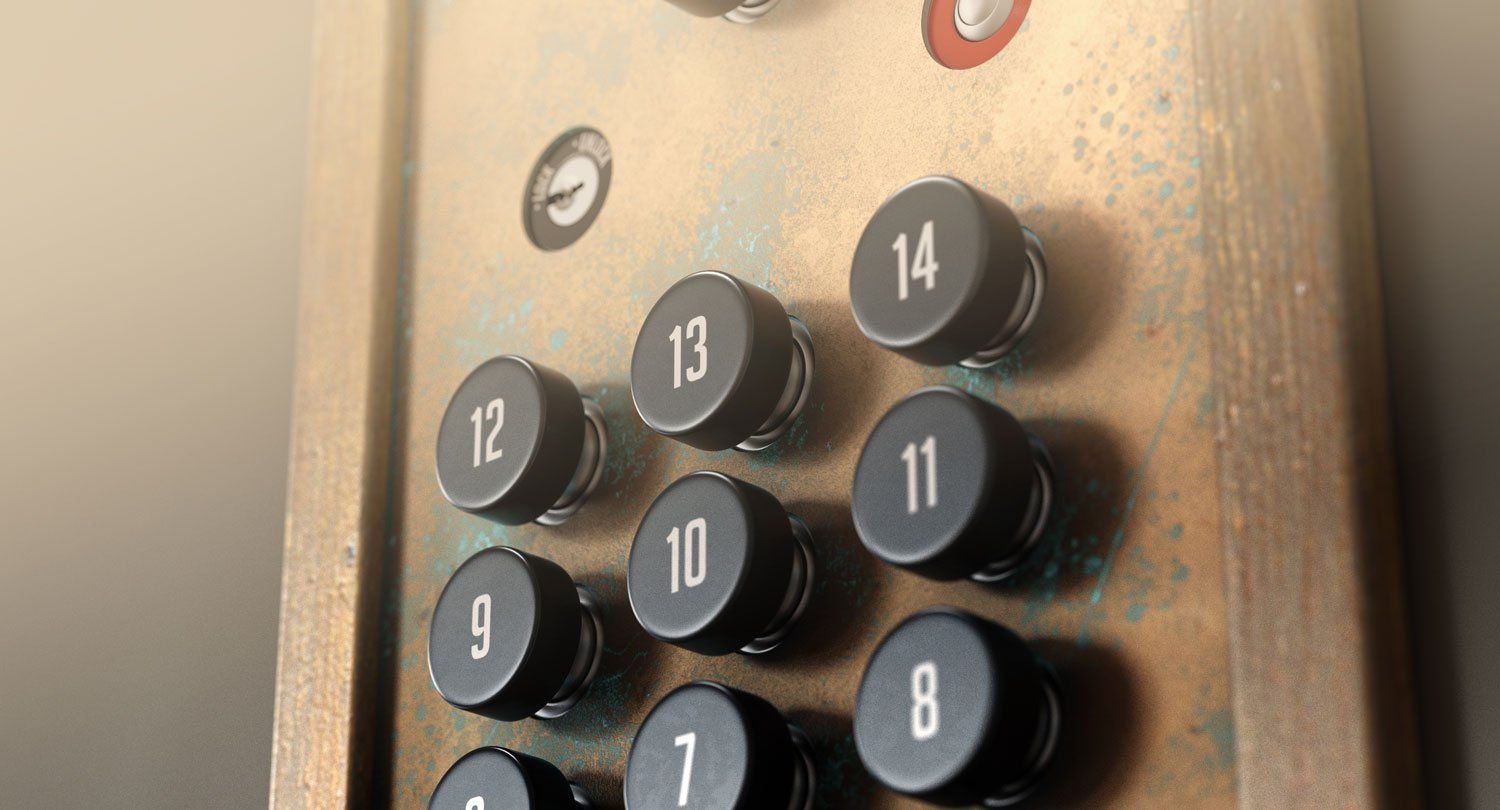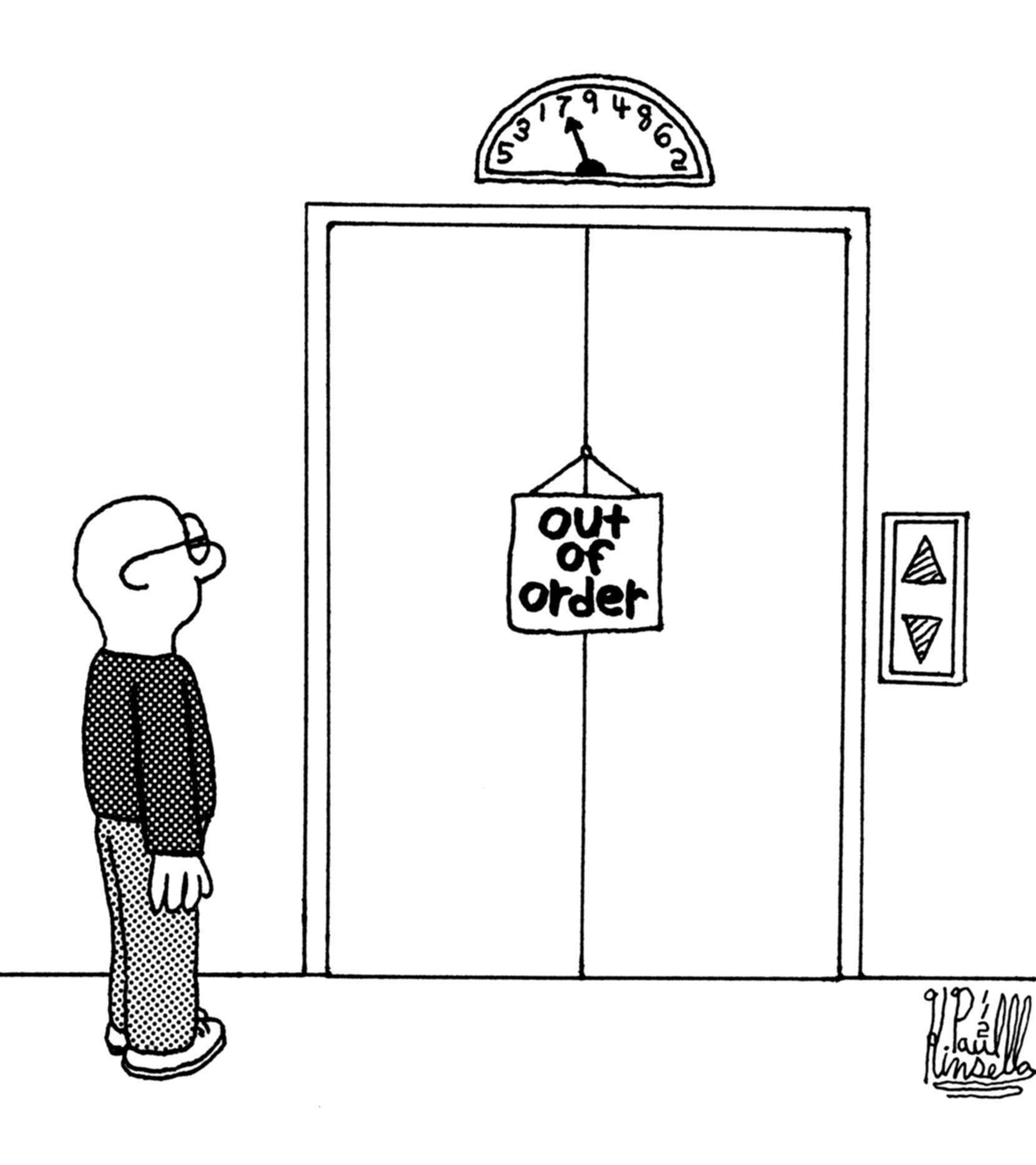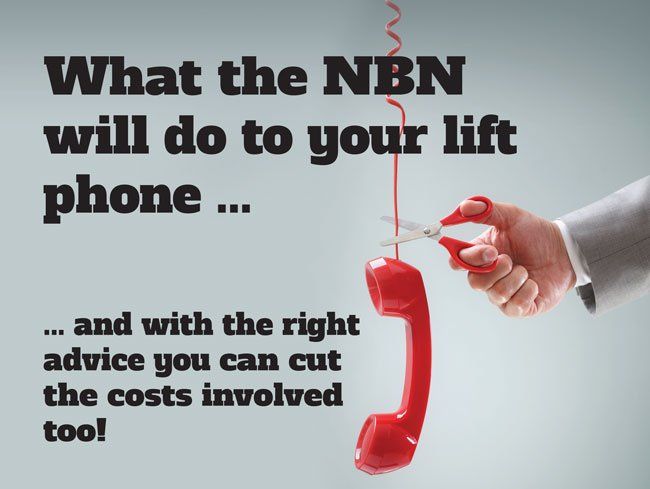A guideline to strata owners' responsibilities
Tim Steenkamp • July 9, 2019
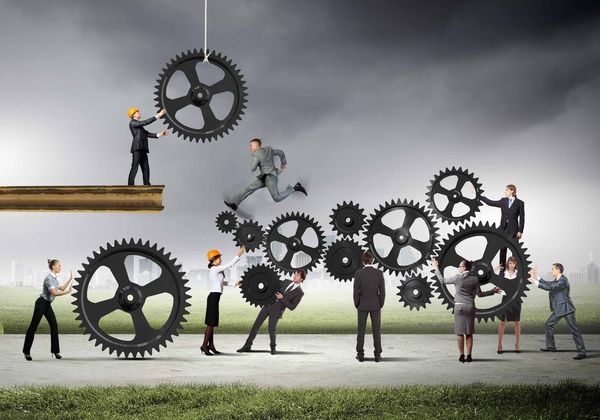
At A recent seminar, I ran through Strata Owners' responsibilities when it comes to lifts. Several delegates asked me to put up the list on our website, so here we go......
A. General
(Fair Trading & State/Territory Authority)
- Ensure that the plant is registered, maintained and is safe for both users and workers. Paramount to this is that access to and egress from the plant is safe.
- Public liability insurance cover of $10 Million in place.
B. Compulsory Legal Records.
(State/Territory Regulations)
- Proof of original design approval (Design Registration Certificate).
- Proof the original installation was inspected and deemed safe (Safe to Operate Certificate).
- Proof of current registration (Plant Registration Certificate).
- Proof of current maintenance (Service provider’s “Adequate Maintenance” certificate).
C. Occupational Health and Safety Act Compliance
(Safe Work Australia Act)
- Proof of a current risk management plan (RMP).
- Is there a current Hazard & Risk Analysis in place (HRA)?
- Does your RMP clearly state how risks identified in the HRA are managed/mitigated?
- Are upgrade and rectification works planned and budgeted via the sinking fund.
D. Ongoing Requirements and Safe Practice
(All the above authorities, DDA and good practice)
- An independent compliance and equipment assessment every 5 years.
- Ensure lift users are adequately aware of how to use the plant safely.
- Ensure that the lift complies with the Disability Discrimination Act (where required).
- Designate a responsible person to regularly advise the service provider of defects such as….
- Lift does not level correctly at floor level.
- Slip & trip hazards.
- Lack of smoothness of operation.
- Lift emergency phone not working correctly.
- Any unusual behaviours (e.g. stopping in mid-flight).
- Noisy or violent door operation, bumping users.
For an independent compliance and condition assessment email enquiry@equityelevator.com.au.
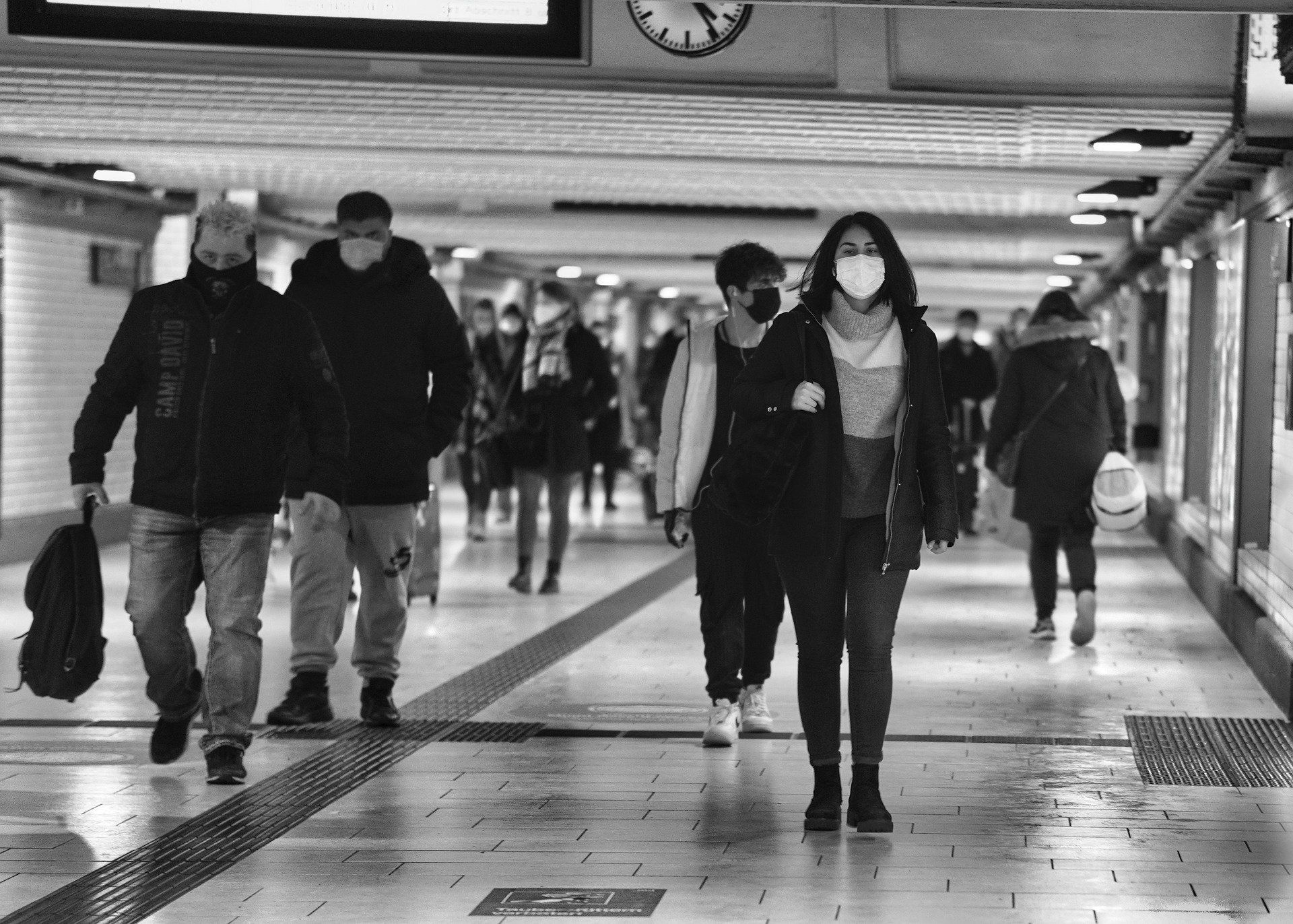
As the overall duration of the restrictions remains uncertain, there is potential that your planning for a lift replacement program may be severely delayed as a direct consequence. Therefore, it is critical that you consider the likely implications of the current uncertainties now and act accordingly to minimise any impacts on your property.

The idea may appeal to the yogis among us, but no one wants to be trapped in a pitch-dark lift with no light or emergency phone. The chances of this happening to you are not as remote as you may think. As lift consultants, more than 20% of lifts we inspect have no emergency light and/or phone that works when the mains power goes down, this despite it being legally required and a critical safety feature too! To add to this, your lift emergency phone connection will need to change ahead of the NBN arriving in your building. The worrying truth about your lift phone(s) ahead of NBN Roll-out. Most lift phones aren’t compatible with the NBN, so new Australian guidelines recommend that building owners install a dual path communication system when Telstra disconnect your existing lift emergency phone lines. Sensing the business opportunity, phone companies and some major lift companies have come up with solutions along with their sales pitch and marketing jargon. Navigating through all this can be confusing and may not result in the best, safest or most cost effective option getting selected for your particular situation. In most cases, the safest and simplest solution is a dual sim, dual modem 3G wireless device which simply replaces your old phone line connection. These devices can be supplied either by a phone company or your lift company. Be wary if you are offered more than this and bear in mind some of the suppliers’ will use proprietary technology, meaning you will have issues when you need to upgrade (4G will replace 3G in a few years) or if you decide to change your service provider down the track. We have come across certain situations were a more complex solution is appropriate, for example, where mobile signal strength is poor or the layout of the lifts within a building is unusual. In most cases, the dual sim, dual modem 3G wireless device is all you’ll need. For more information contact us for an obligation free chat.

